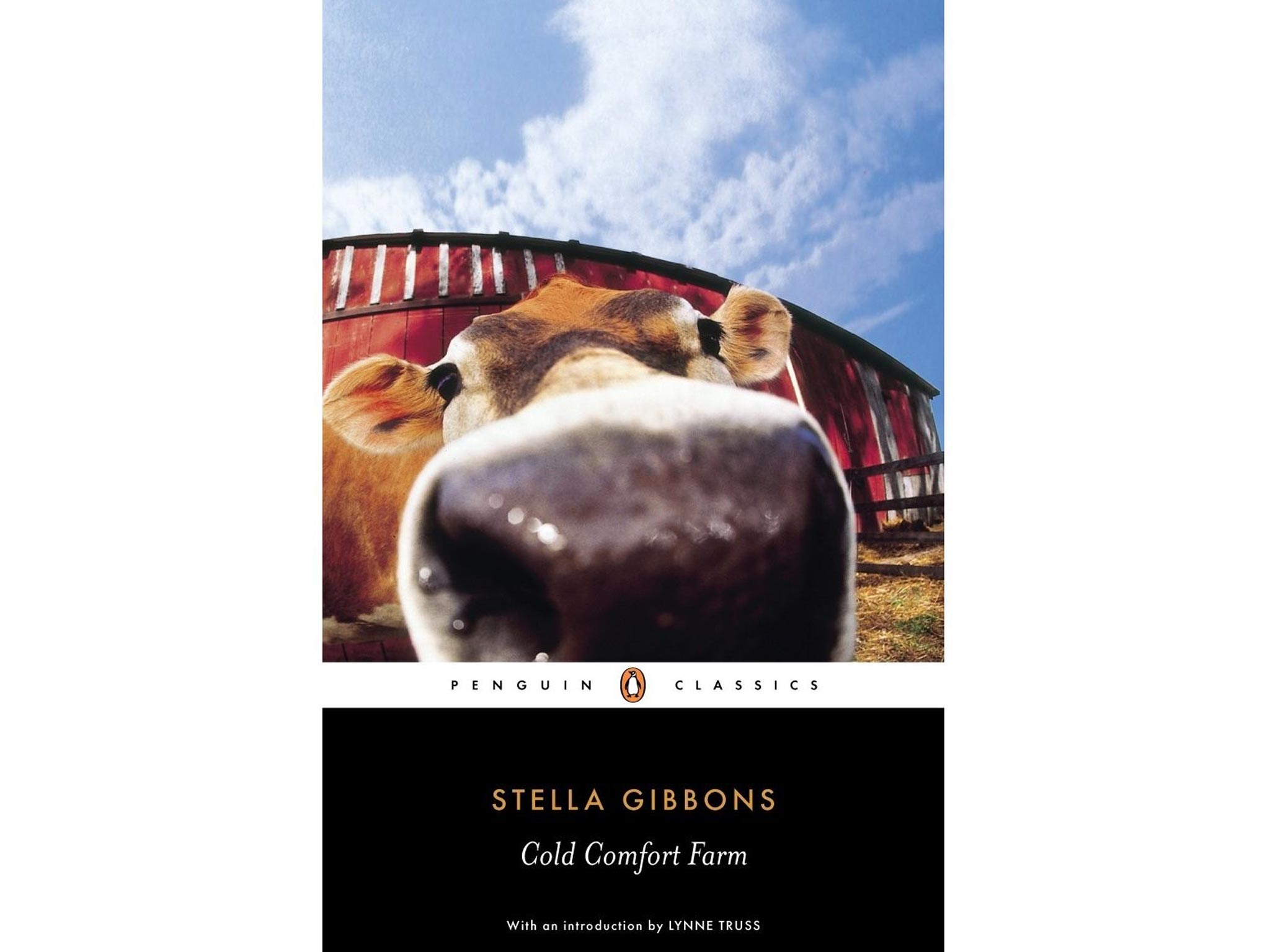Two unseen books by Stella Gibbons to be published 25 years after her death
The two novels have been revealed by Gibbons' daughter

Your support helps us to tell the story
This election is still a dead heat, according to most polls. In a fight with such wafer-thin margins, we need reporters on the ground talking to the people Trump and Harris are courting. Your support allows us to keep sending journalists to the story.
The Independent is trusted by 27 million Americans from across the entire political spectrum every month. Unlike many other quality news outlets, we choose not to lock you out of our reporting and analysis with paywalls. But quality journalism must still be paid for.
Help us keep bring these critical stories to light. Your support makes all the difference.
Stella Gibbons may be best remembered for Cold Comfort Farm but a recent republished line of her books met with huge demand demonstrating the passion for her wider work. And there may be more to come that no-one, beyond her family, has seen before.
Fans of the acclaimed British author, described as the “Jane Austen of the 20th century” by Lynn Truss, will be delighted that the existence of two never-before-published novels have been revealed by her daughter.
The manuscripts for An Alpha and The Yellow Houses have been sat in a drawer in the house of Ben Richardson, Gibbons’ grandson, for more than 20 years. Ben and his brother Daniel are the copyright holders for Gibbons’ estate.
Gibbons’ daughter, Laura Richardson, told the Camden New Journal about the two completed novels after reading of plans by the Heath and Hampstead Society to honour the writer’s memory. “They were finished and I would love to see them published,” she said.
In 2011, Vintage Classics printed 14 titles. They sold 40,000 copies in the first months and had to reprint several times to keep up with demand. Vintage said there was a real appetite for works by the author beyond her bestselling debut novel Cold Comfort Farm.
The publisher and literary agent for the Gibbons estate are currently studying the manuscripts to ascertain whether it will be appropriate to publish them.
Anna Davis, agent for the Gibbons literary estate, said it was “too soon to say” whether the works would definitely be published before adding: “This is potentially very exciting.”
Frances Macmillan, senior editor for Vintage Classics, said: “As both fans and publishers of Stella Gibbons, the news that there are more books yet to discover from this well-loved author is extremely welcome and exciting.”
An Alpha follows the story of a young woman from the Far East who moves to Britain and becomes a successful writer. The Yellow Houses is a ghost story.
“My mother converted to Christianity after meeting my father – she had been brought up an atheist – and they dabbled in spiritualism,” Ms Richardson said. “This novel deals with that and other issues such as reincarnation. It was about a house where spirits flourished.”
The author published about 30 books, with 23 novels as well as articles and collections of short stories and poetry but is best remembered for Cold Comfort Farm, published in 1932.
The work parodies rural fiction of the previous century and introduced the phrase “something nasty in the woodshed” into the language.
She would later decry the Cold Comfort Farm, still her most famous novel, as “some ignorable old uncle to whom you have to be grateful because he makes you a handsome allowance, but is often an embarrassment and a bore”.
Gibbons died in 1989 at the age of 87. She worked as a journalist for 10 years on papers including the Evening Standard before her first publication, a book of poems called The Mountain Beast in 1930. Three years later she married actor and singer Allan Webb.
A plaque to the author is to be unveiled on the Vale of Health home where she wrote Cold Comfort Farm.
Ms Richardson said: “She was artistic, bohemian, creative. She loved the Heath; she would swim almost every day in the Ladies Pond.”
The Encyclopaedia of British Women Writers said Gibbons’ writing had the “rare ability to enter into the feelings of the uncommunicative and to bring to life the emotions of the unremarkable”.
Join our commenting forum
Join thought-provoking conversations, follow other Independent readers and see their replies
Comments